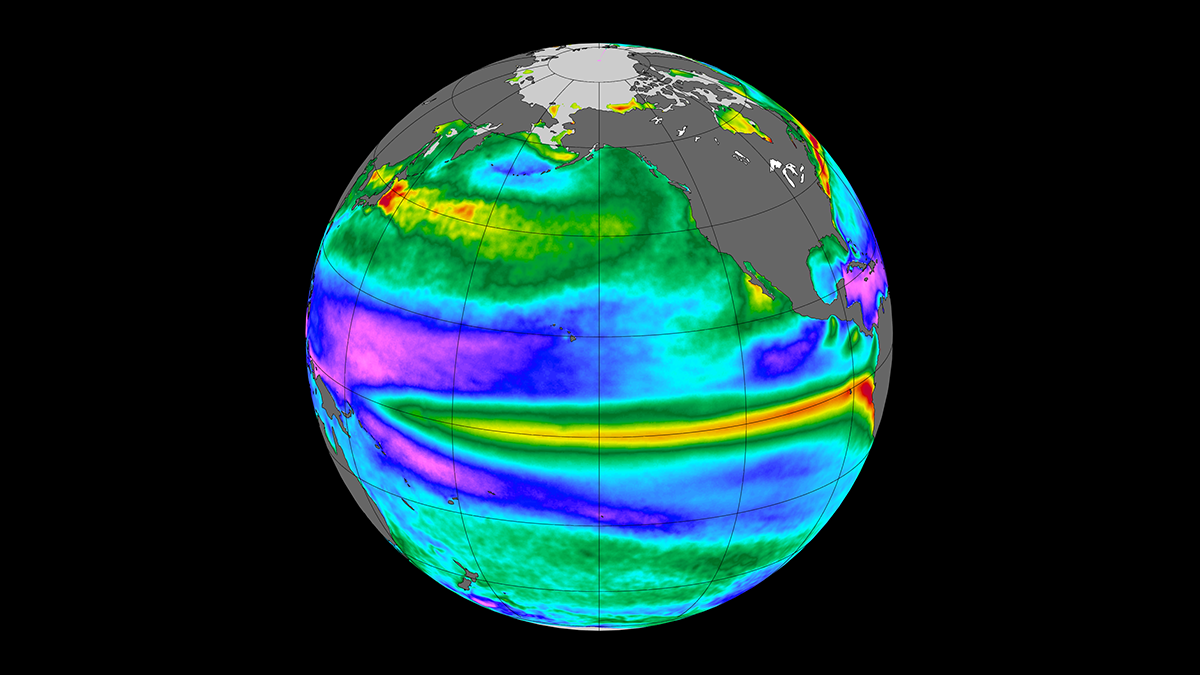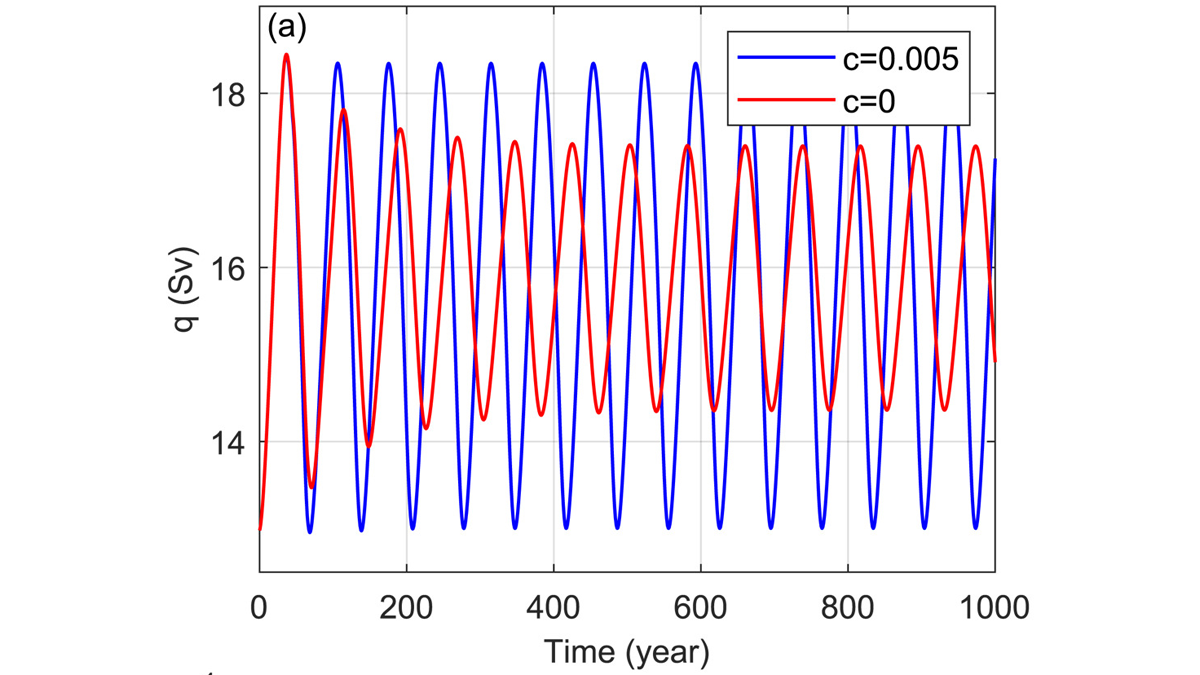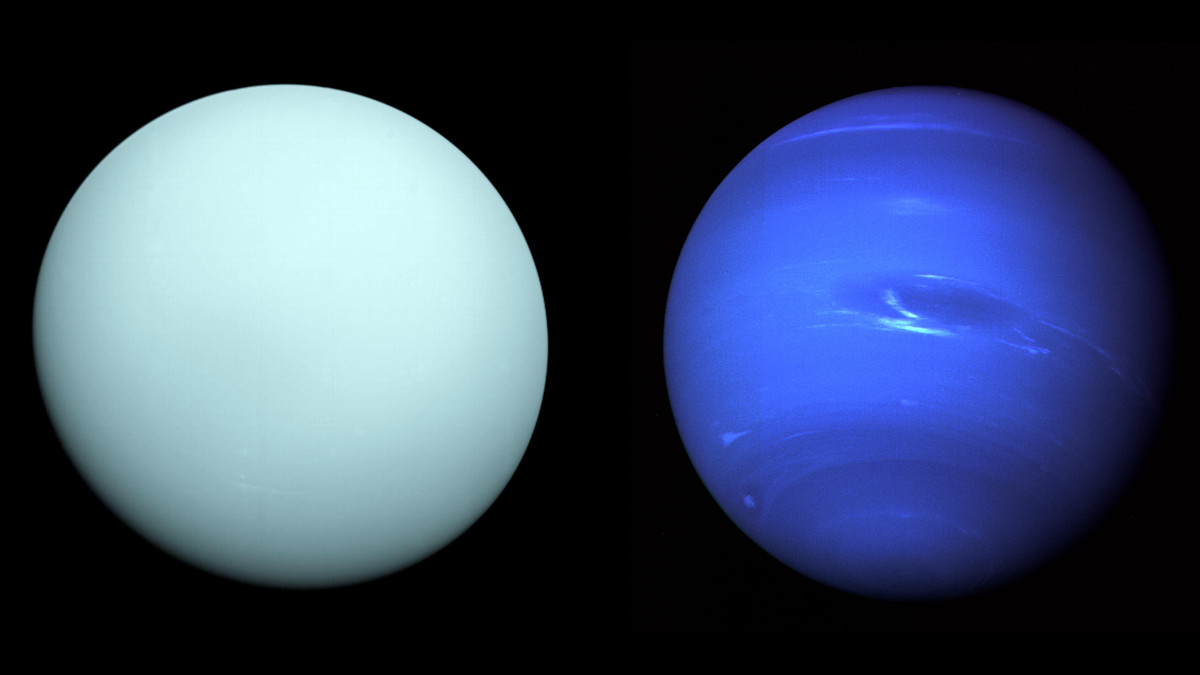A new study focuses on the frequency and distribution of tropical cyclones over the past 40 years.
Modeling
Accurate and Fast Emulation With Online Machine-Learning
Online training produces more accurate and stable machine-learned models than classic offline learning from big data sets.
Spatial Scale Shapes the Ocean and Atmosphere’s Influence on the Climate
Researchers measured the processes driving heat exchange between the Pacific Ocean and the atmosphere.
The Effects of Climate Change on U.S. Suicide Rates
Suicide incidence could increase by up to 1,660 cases annually, depending on how much the climate changes.
Arctic Salinity Pushes the AMOC Swing
A model of the Atlantic Meridional Overturning Circulation (AMOC), pioneered by Henry Stommel over 60 years ago, can exhibit realistic cyclic behavior if the role of Arctic salinity is included.
Machine Learning Emulation of Atmospheric Radiative Transfer
Using machine learning to represent sub-grid processes in weather and climate models holds promise, but also faces challenges. Incorporating physical knowledge can help.
A Unified Atmospheric Model for Uranus and Neptune
In a new model, three substantial atmospheric layers appear consistent between the ice giants.
Using Sap Flow to Infer Plant Hydraulic Properties
The internal hydraulic properties of plants are difficult to measure but may be inferred from observable sap flow.
Missouri River Floodplain Expansion, Services, and Resiliency
Benefits might accrue for both wildlife and climate resiliency if more floodplains along the lower Missouri River were allowed to flood.










